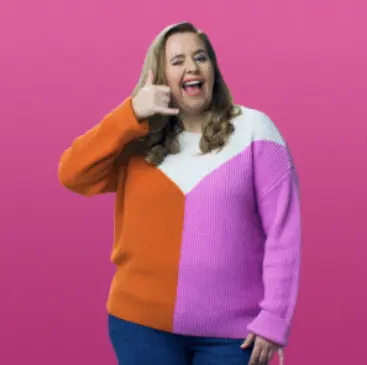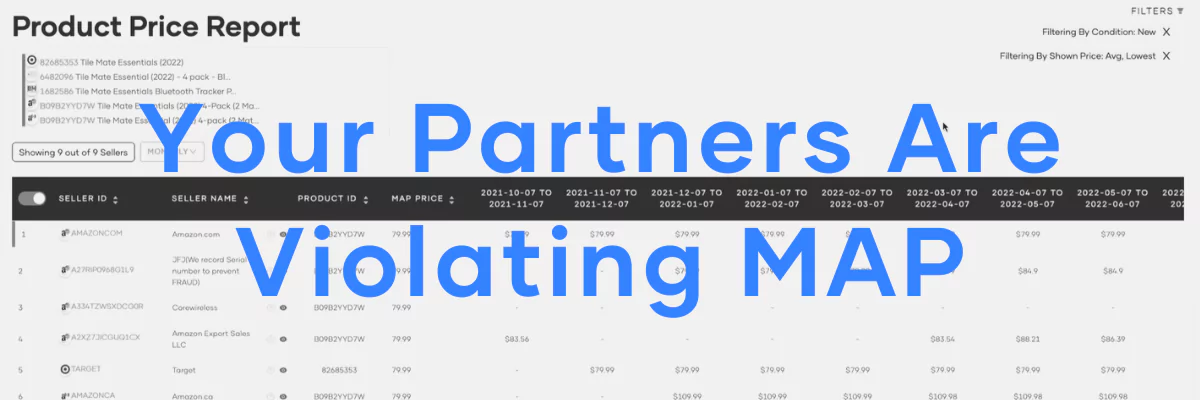Have you heard that Amazon provides “brand protection” tools, but don’t know if or how they would help your brand? We’ve summarized the marketplace’s three programs with the key information you need to know: how they work, requirements to join, and our take. From the top, you should know that these are designed specifically to protect products against counterfeit, so if you have other brand protection needs you may want to check out our Brand Protection Guide for next steps.
Amazon Brand Protection: Brand Registry
Amazon’s Brand Registry was created to help brands with registered trademarks protect their intellectual property in the marketplace. Joining the Brand Registry is fairly simple once you have your trademark registered and benefits include: access to more marketing options on your listings, establishing your brand as the content authority on your listings, and the ability to create complaints within the brand registry violation platform against fake products.
Below is a breakdown of how Amazon says the program functions:
Content
Stellar content helps businesses showcase their brand story. Provided content tools include rich text and images on the Amazon detail page to help drive conversion and potentially increase traffic and sales.
Ads
Grow brand awareness through Amazon ads that can feature a company logo, custom headline, and up to three brand products.
Amazon Stores
Promote brand products with your own multi-page store on Amazon for free.
Amazon Analytics
Make informed and strategic decisions with powerful data. Learn more about customers, including search terms and more customer behavior data reports, which can help you to make smarter, faster business decisions.
Our Take
This is an important program for brands to take advantage of to help sales and marketing efforts. While Amazon does say there’s a level of brand protection involved, this protection revolves around removing inaccurate product content from other sellers and allowing brands to flag inaccuracies—but does not provide protection against other vendors actually selling your brand’s products.
Amazon Transparency
As we have briefly covered in our Ultimate Guide to Brand Protection, Amazon’sTransparency program is a product serialization system that is integrated with Amazon’s network to help prevent counterfeits from entering the company’s warehouses. (Reminder that you must be part of the Brand Registry to be allowed into the program).
Below is a breakdown of how Amazon says the program functions:
Ensures Authencity
When a brand enrolls in Transparency, Amazon scans its products to ensure that only authentic units are shipped to customers. Whether shipped directly by selling partners or fulfilled by Amazon, they scan each individual Transparency-enabled code to ensure that only authentic products are shipped.
Secures Customer Trust
The Transparency app for iOS or Android lets customers scan Transparency codes on products to authenticate them, regardless of where they purchased the product. Upon scanning, the app will show a green checkmark if the code is valid and a red “x” if it is not.
Provides Every Detail
Brands can also offer consumers unit-level product details, including manufacturing date, manufacturing place, and enhanced product information.
Our Take
If you are a brand that does Fulfillment by Amazon (FBA) or a merchant fulfilled seller, this is a smart preventative tool that can be used to protect your products against counterfeit. The good news is that this program can be built upon over time—brands don’t have to enroll an entire catalog into Transparency but do have to commit to properly labeling (with the right transparency codes) all of the units manufactured for the particular SKUs that they enroll.
A problem does arise with this program—because Amazon stipulates that brands label all of the manufactured units of their chosen SKUs with Transparency codes (regardless of distribution channel, i.e. not intended for Amazon), products can still be diverted from distributors to unauthorized sellers and sold on the marketplace because they have the Transparency codes. If you try to contest this, Amazon will ask the unauthorized sellers to provide invoices to prove their products are authentic (which if they have your Transparency codes, that is very likely) and allow them to continue selling if they provide the necessary evidence.
Project Zero
Project Zero rolled out a few years ago with the goal of completely eliminating counterfeit products on Amazon. Amazon’s current requirements to get into the program include:
- Being Brand Registered
- Registration as the trademark owner
- Brand Registry case success rate above 90% in the last six months
Below is a breakdown of how Amazon says these tools function:
Automated Protection
Amazon’s machine learning continuously scans their stores and proactively removes suspected counterfeits. Brands provide integral data about themselves (i.e., logos, trademarks, etc.) and the marketplace scans over 5 billion daily listing update attempts, looking for suspected counterfeits.
Self Service
Brands no longer need to contact Amazon to remove counterfeit listings from their stores. Instead, they have the “unprecedented” ability to do so themselves using the marketplace’s new self-service tool. Amazon will also use this data to strengthen its automated protections to better catch potential counterfeit listings proactively in the future.
Product serialization
Brands apply a unique code on every unit they manufacture for an enrolled product, allowing Amazon to scan and confirm the authenticity of every one of those products purchased in Amazon’s stores. With this service, they can detect and stop counterfeiting for every product unit before it reaches a customer.
Our Take
This program is a great service for getting immediate action against counterfeit products but should be completely avoided to remedy any other brand protection issues. Amazon is careful to note that this program is specifically designed for removing counterfeit products and will evaluate brands in a variety of factors to make sure that the program isn’t abused. Brands will be in violation of the program’s parameters and can be removed for using the program for anything outside counterfeit protection, such as for flagging other sellers for MAP infringements or gray market goods.
Are These Programs For You?
In summation, “yes”, if your brand’s products are often counterfeited, or used just as a precautionary measure against fakes in the future. We’d say, start with Brand Registry, as it’s not only the first step if you’d like to eventually join the Transparency program, but is also a valuable asset to help your sales and marketing efforts on the platform. If you are looking for tools to help protect against Buybox share erosion, MAP violators, or gray market sellers know that these tools are not tailored to help you. For a more in-depth dive on how to choose a brand protection solution to help with those issues, check out this blog post.
If you or your team would like personal assistance walking through any of this information and choosing a tailored solution for your needs, please feel free to reach out!




















